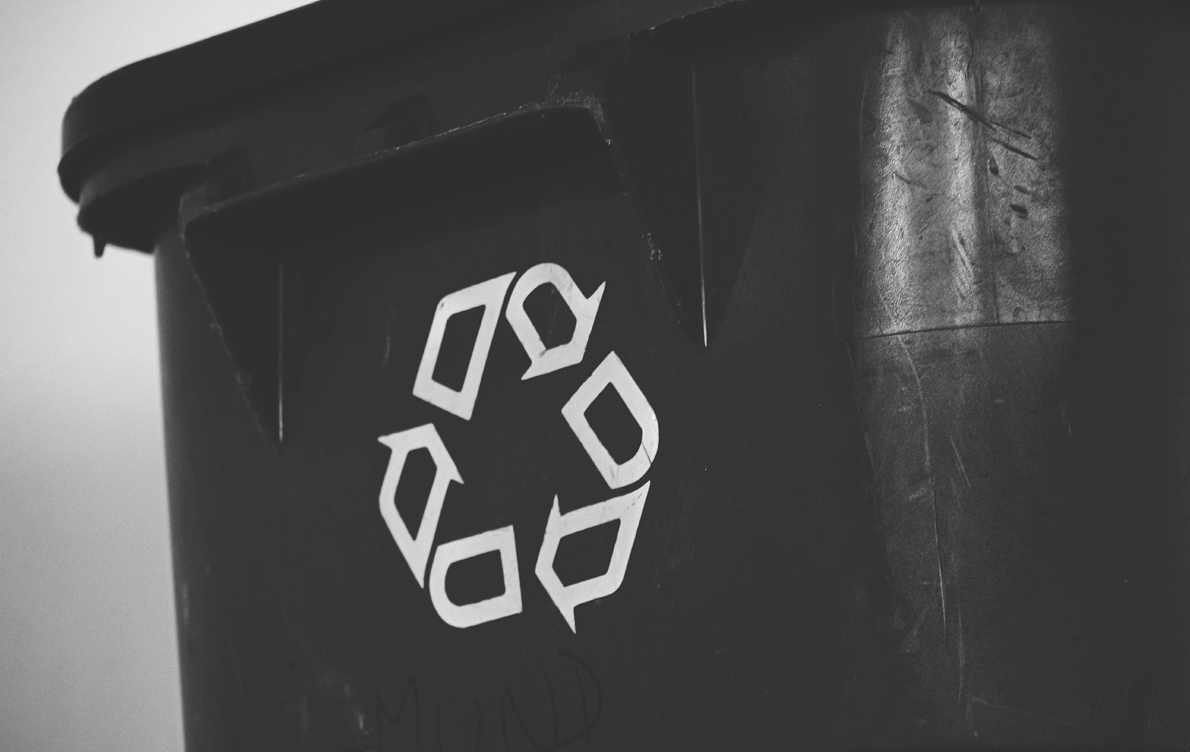How to Value Contaminated Property in a New Jersey Condemnation Matter
A recent New Jersey Appellate Division case clarifies the process of valuing contaminated property in a condemnation action, and finds that where the cleanup has been completed, even if contamination remains at the property, the property owner is not required to escrow additional monies for any further cleanup.
In 2003, in the Suydam Investors case, the New Jersey Supreme Court set forth the process for valuing contaminated property in a condemnation matter: the property is valued as if the contamination has been remediated, with a portion of the condemnation award necessary to fund the cleanup being escrowed. This rule avoids a “double-take,” in which the condemning authority pays less for a property because it is dirty, but then gets the property cleaned-up by forcing the former owner to pay for the cleanup.
In Borough of Paulsboro v. Essex Chemical Corp., decided July 16, 2012, the Appellate Division was asked to decide whether the Suydam methodology applied where the NJDEP approved the cleanup and capping of a landfill. Paulsboro was condemning a 67 acre property owned by Essex Chemical. Located on the property was a seventeen acre landfill which was capped with a 40-foot high mound of gypsum. The landfill closure was approved by the NJDEP, and the only remaining obligations were maintenance and monitoring requirements associated with the cap. Those obligations were assumed by BP, which leased the landfill for a solar power facility.
Paulsboro argued that under Suydam, the entire condemnation award should have been put into escrow to pay for the removal of the landfill. Essentially, they argued that property with a closed landfill was not the same as a “clean” property, and therefore they should be able to use the condemnation award to pay for the landfill’s removal. The Appellate Division, however, held that the critical issue was whether Essex Chemical had any further liability for cleaning up the landfill. If Essex Chemical did have further cleanup liability, then Suydam would apply to avoid the “double-take” problem. In this case, however, because the NJDEP approved the landfill closure and Essex Chemical had no further cleanup liability, the Suydam formula did not apply. Therefore, the fair market value paid by Paulsboro was immediately available to Essex Chemical and did not need to remain in an escrow account to pay further cleanup costs.
While the presence of a landfill on the condemned property is potentially a more significant concern, the reasoning of the case should apply to more typical cleanup cases where a property might have a conditional No Further Action letter from the NJDEP or a conditional Response Action Outcome letter from a Licensed Site Remediation Professional. In the typical conditional closure, contamination remains on-site but is subject to the implementation of institutional or engineering controls such as a deed notice or an asphalt cap over the contaminated soils. With such a conditional closure, the property owner generally faces no additional remediation liability for the property. If that property is then condemned, Suydam would not apply and the condemnor would need to pay the property owner the full fair-market value of the property with no monies set aside for further cleanup at the property.
As the law continues to evolve on these matters, please note that this article is current as of date and time of publication and may not reflect subsequent developments. The content and interpretation of the issues addressed herein is subject to change. Cole Schotz P.C. disclaims any and all liability with respect to actions taken or not taken based on any or all of the contents of this publication to the fullest extent permitted by law. This is for general informational purposes and does not constitute legal advice or create an attorney-client relationship. Do not act or refrain from acting upon the information contained in this publication without obtaining legal, financial and tax advice. For further information, please do not hesitate to reach out to your firm contact or to any of the attorneys listed in this publication.
Join Our Mailing List
Stay up to date with the latest insights, events, and more




